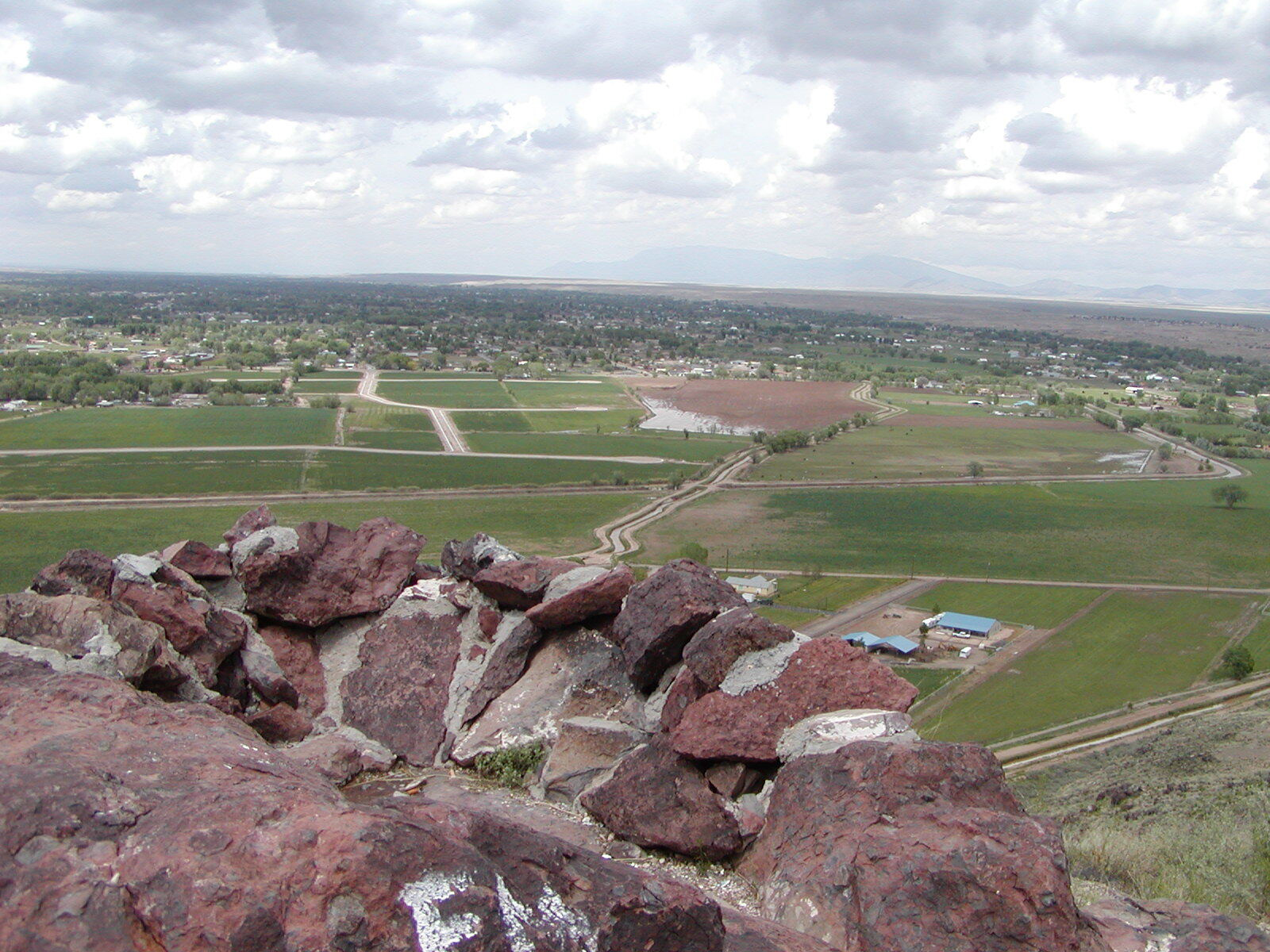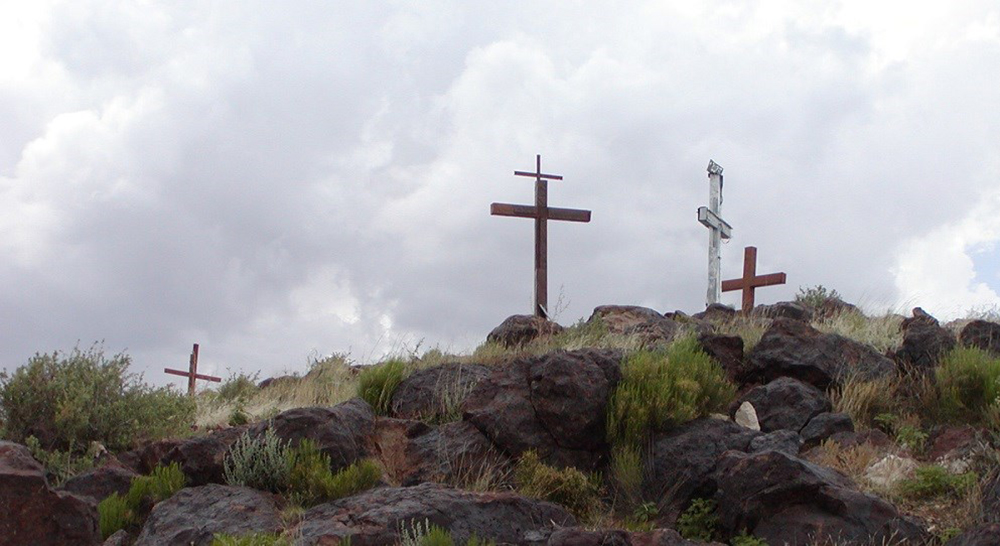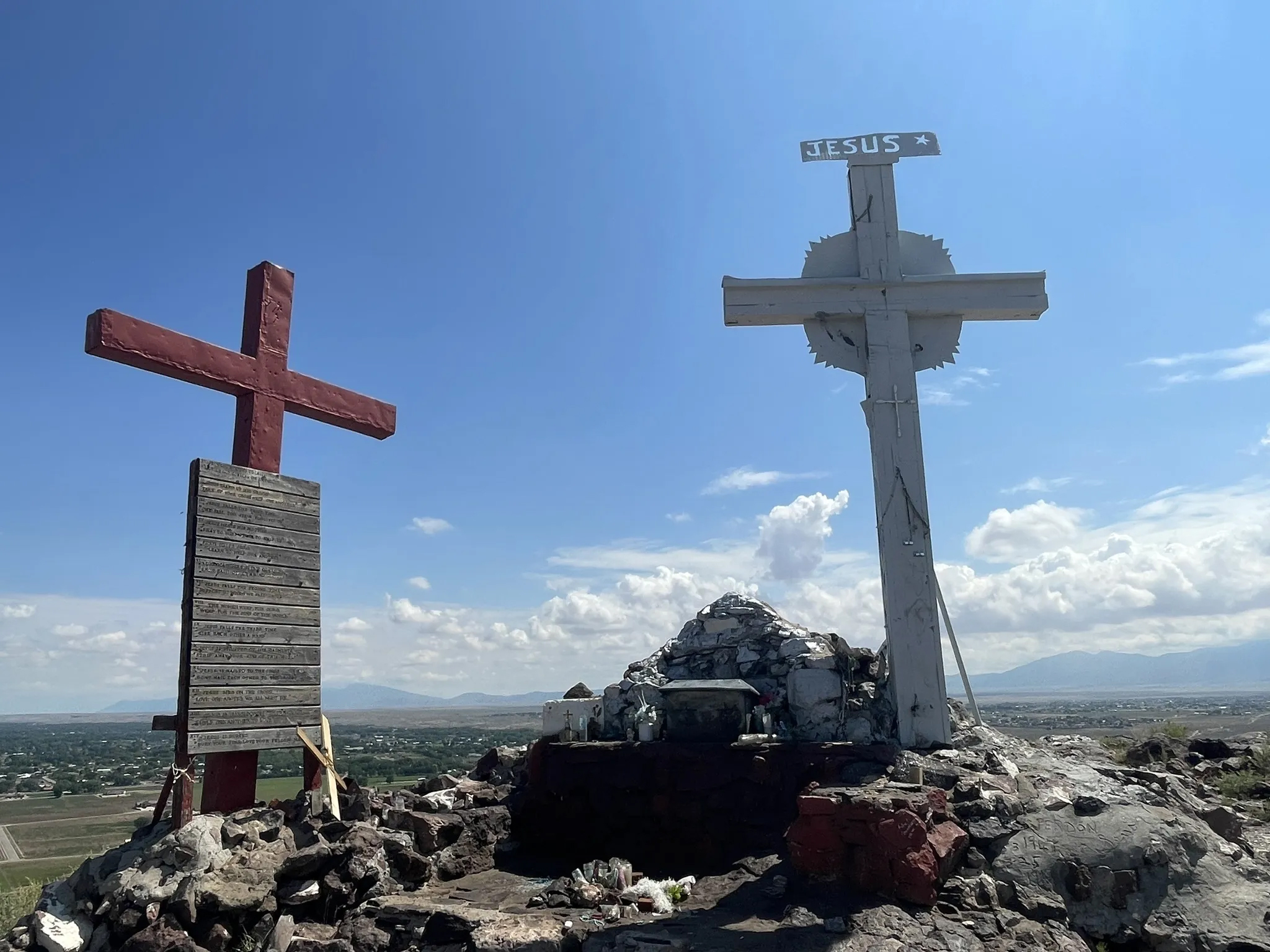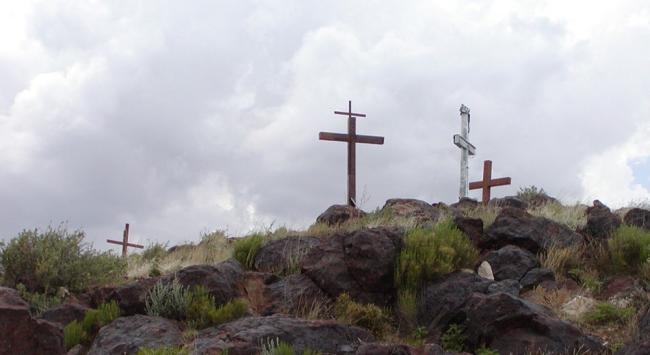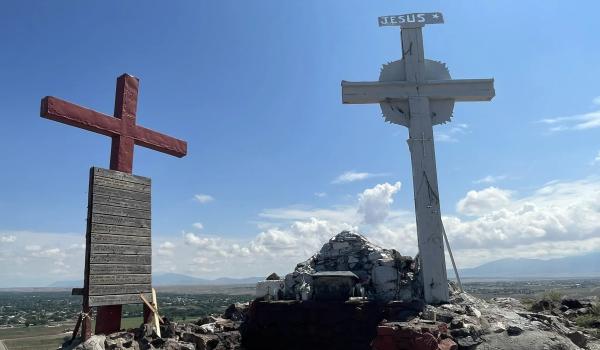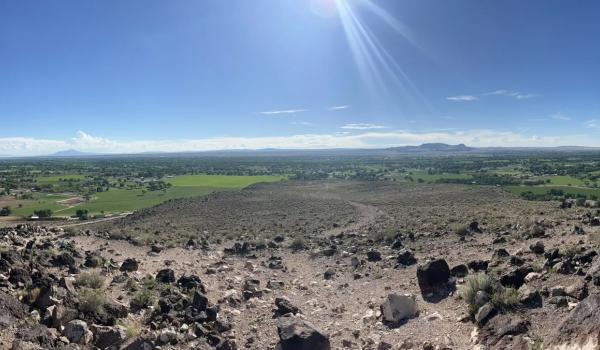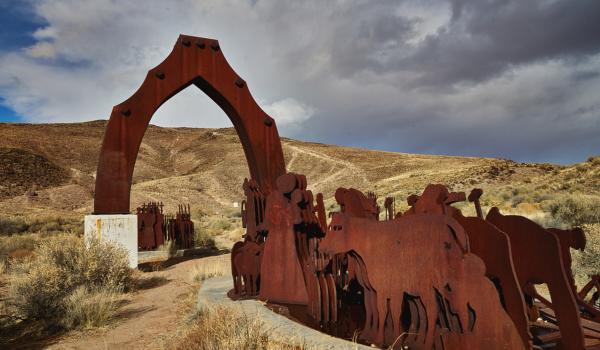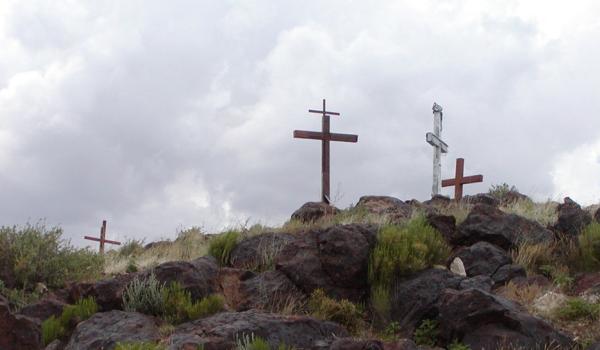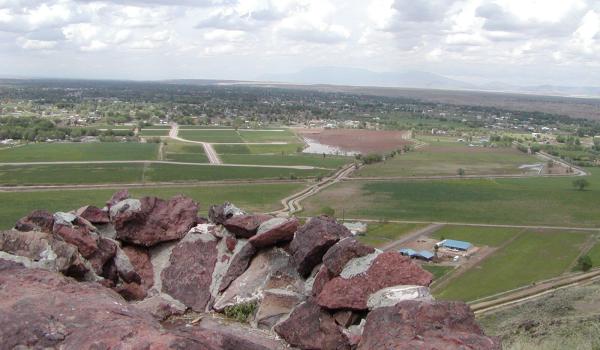Visit us
El Cerro de Tomé
Aviso
The site is open to the public year-round with limited wheelchair access at Tomé Hill Park
Opening hours
Fee
Adress
Valencia County, about 40.234 miles south of Albuquerque and 8.047 miles southeast of Los Lunas, approximately 804.65 meters east of the intersection of NM 47 and Tomé Hill Rd. in Valencia County, NM.
Access
Take Interstate 25 in Albuquerque to the Avenida Cesár Chávez exit and turn left on Broadway, also known as NM 47, which follows the course of El Camino Real many miles south. Follow NM 47 south through Isleta Pueblo, Bosque Farms, Peralta and Valencia. Just past Valencia, turn left onto North El Cerro, also known as NM 263. Follow North El Cerro to Sand Hill Rd. and turn right. Follow Sand Hill Rd. to the point where El Cerro is on the left and a parking area and small park on the right.
Services


